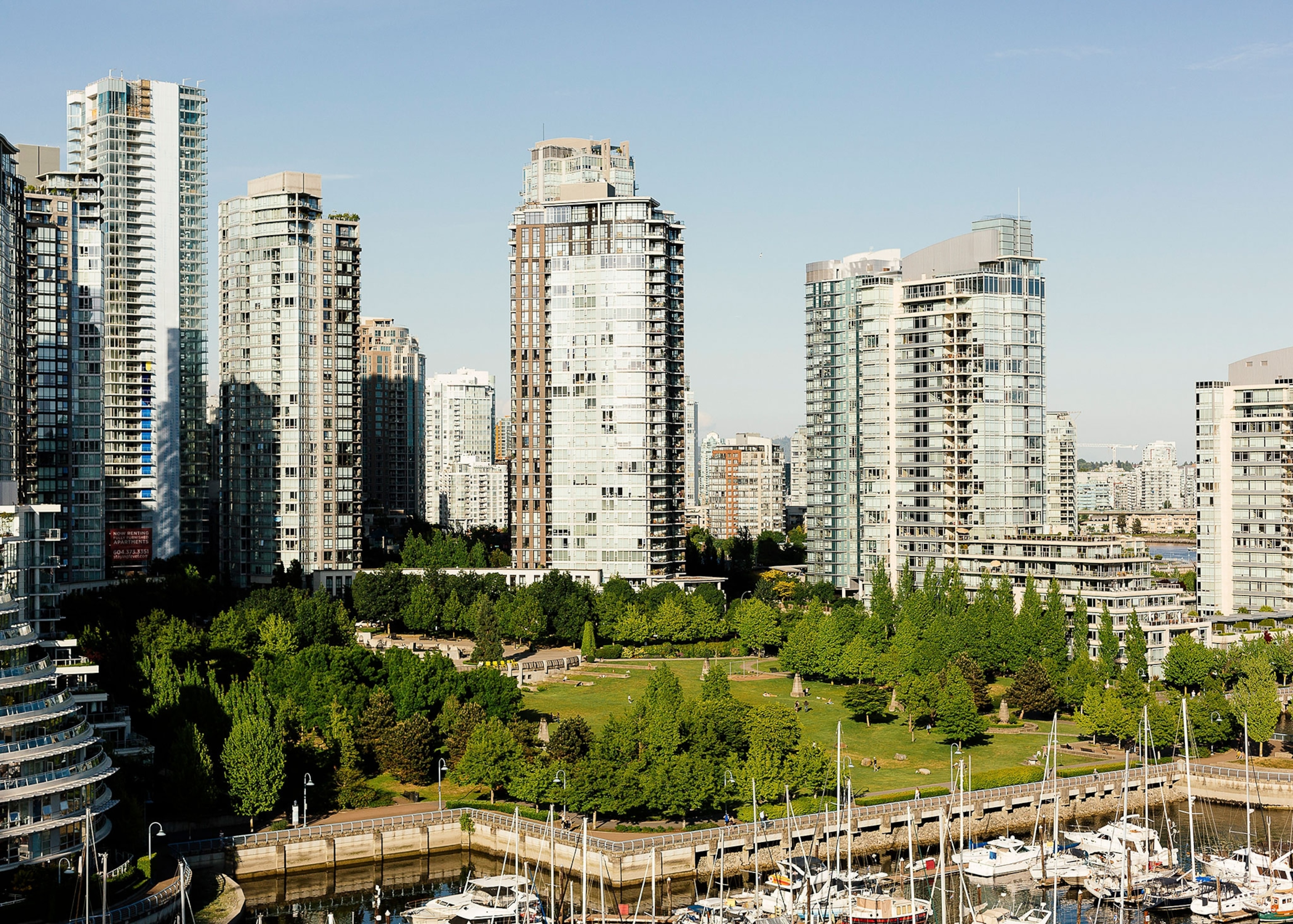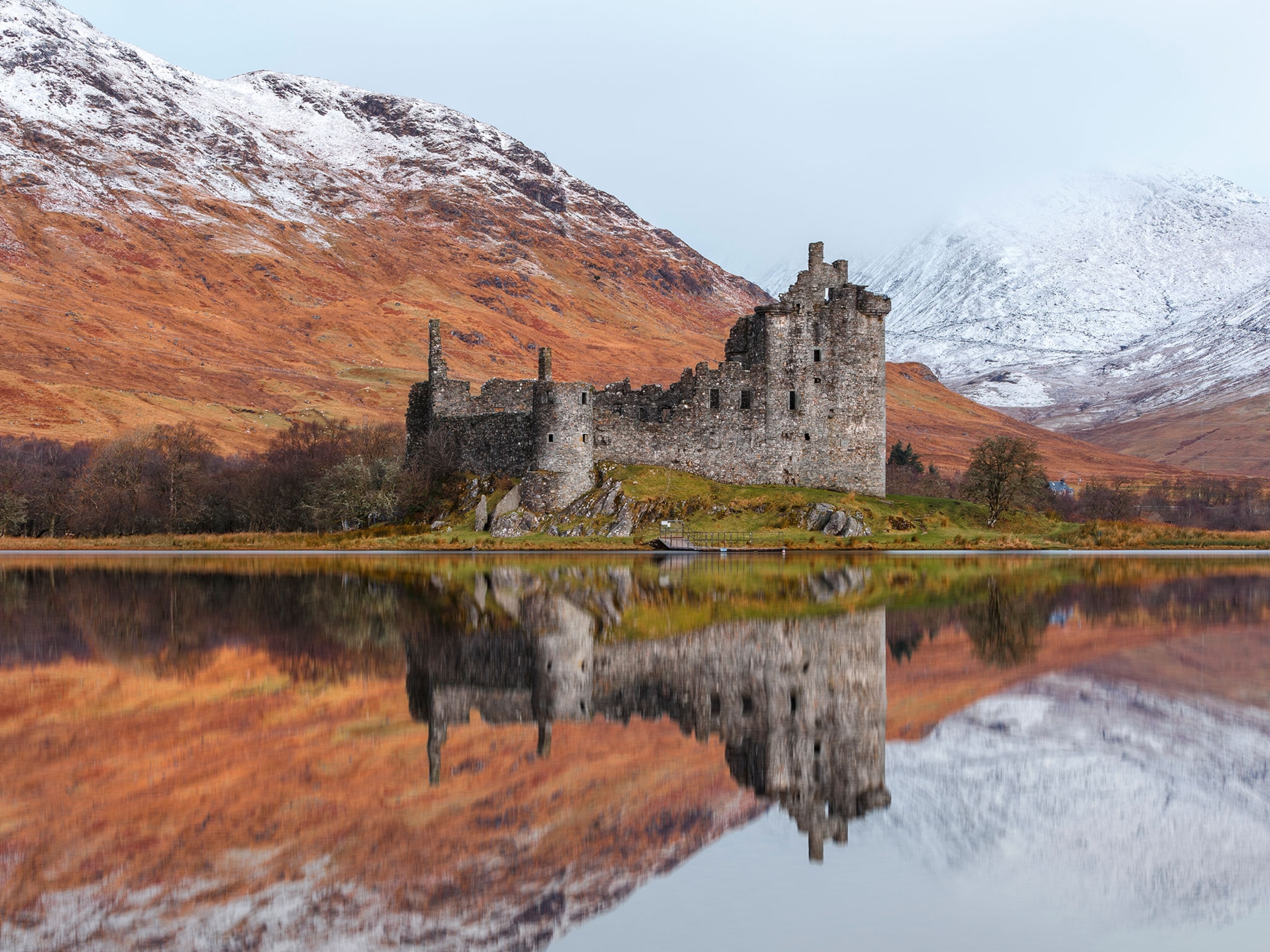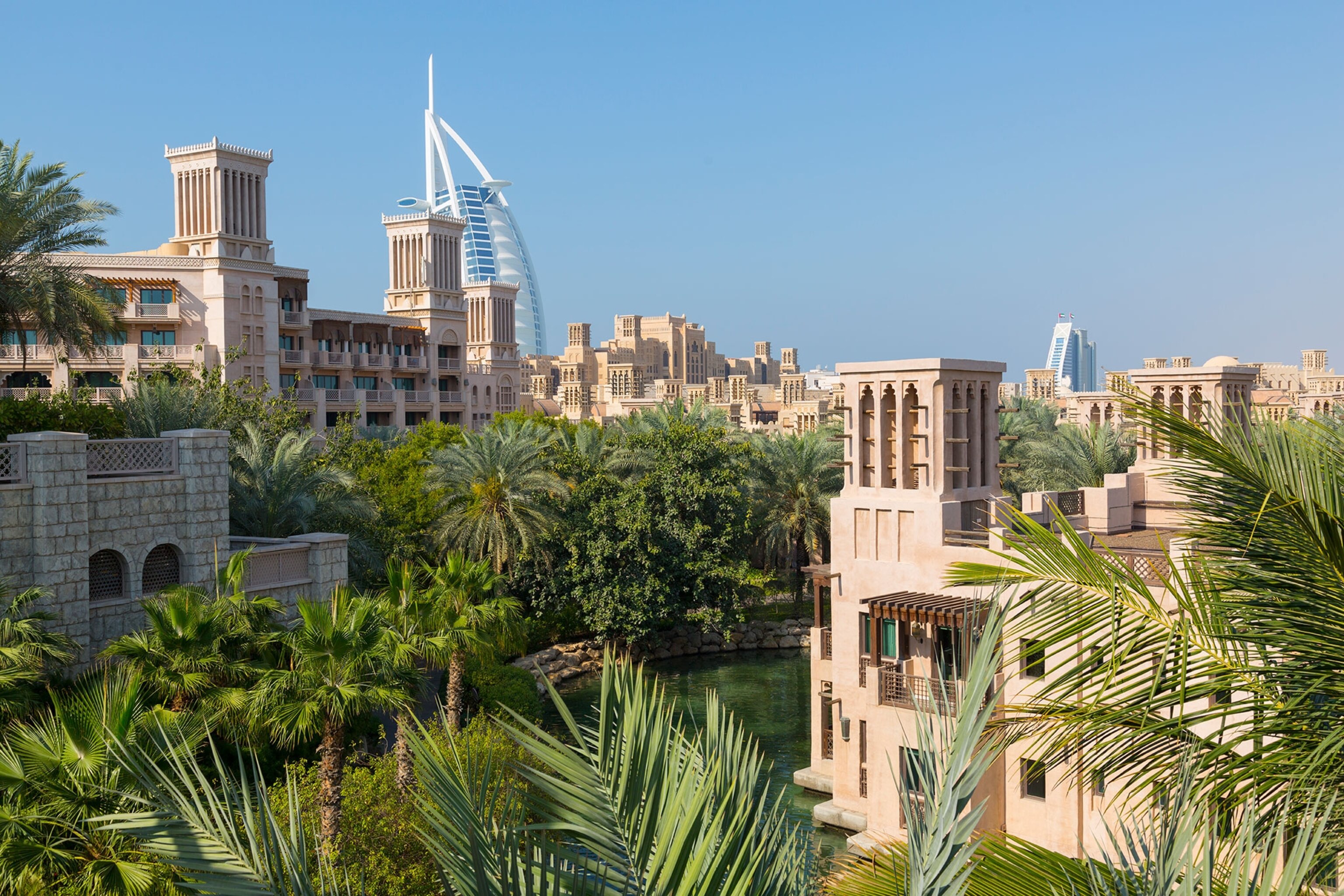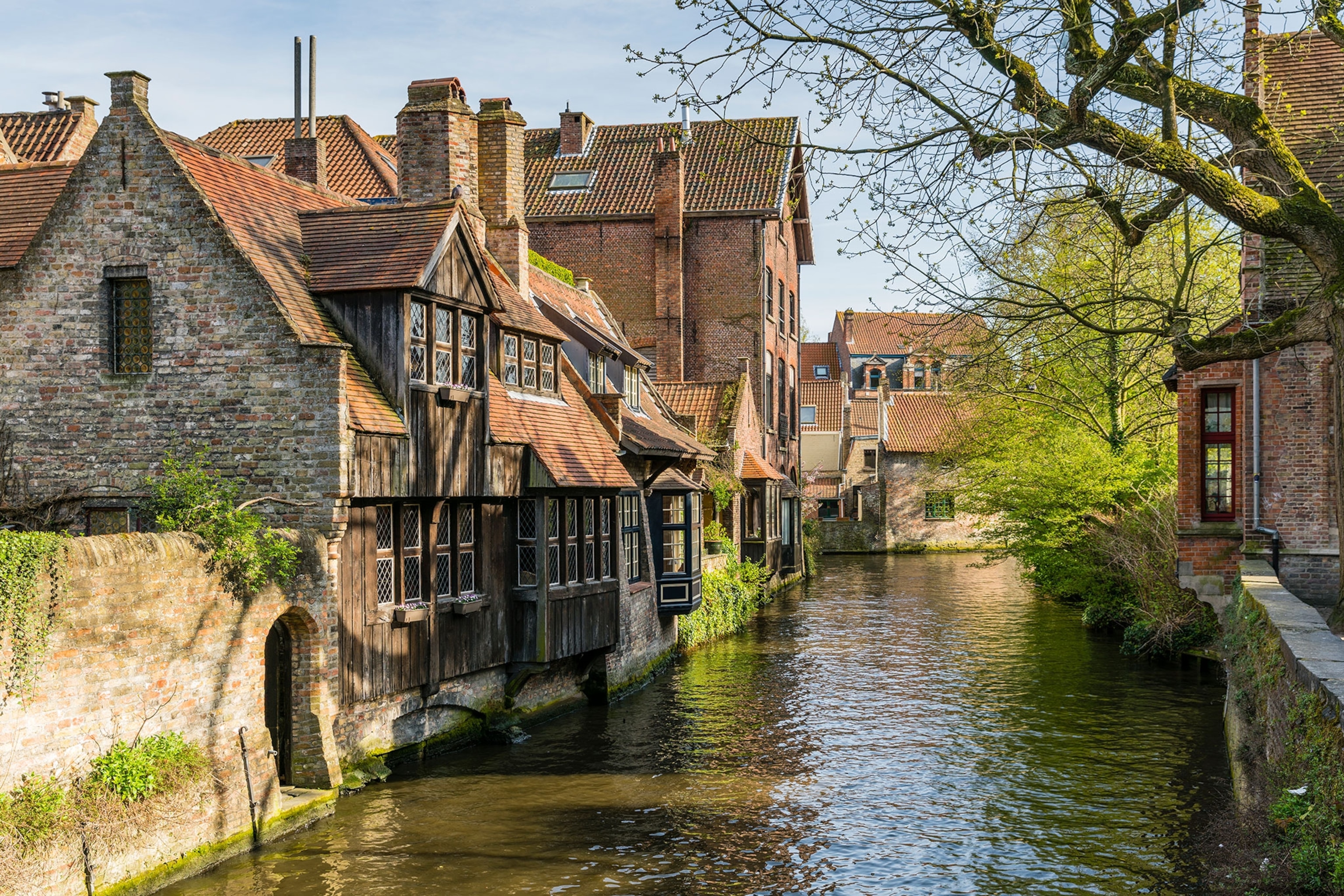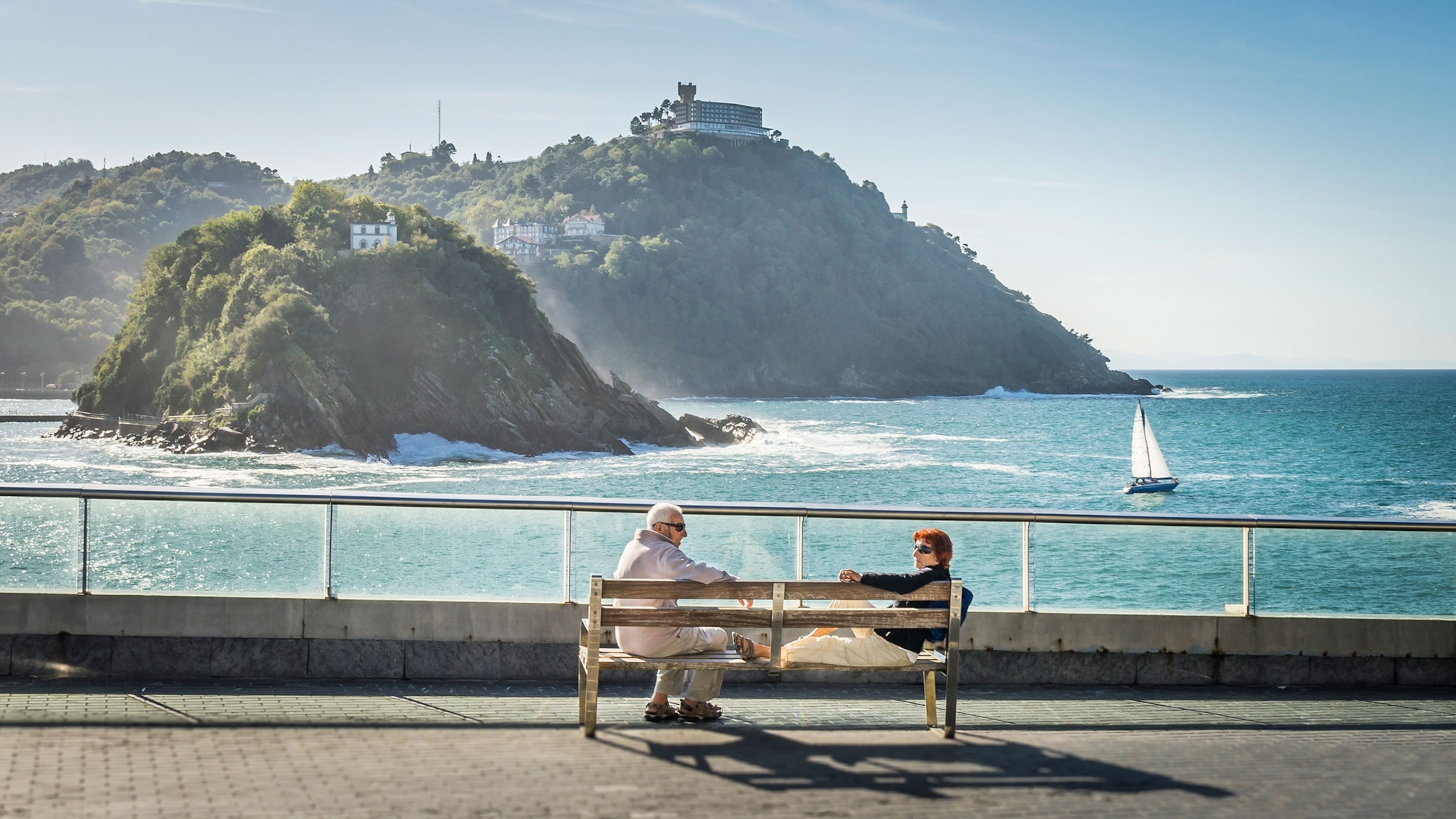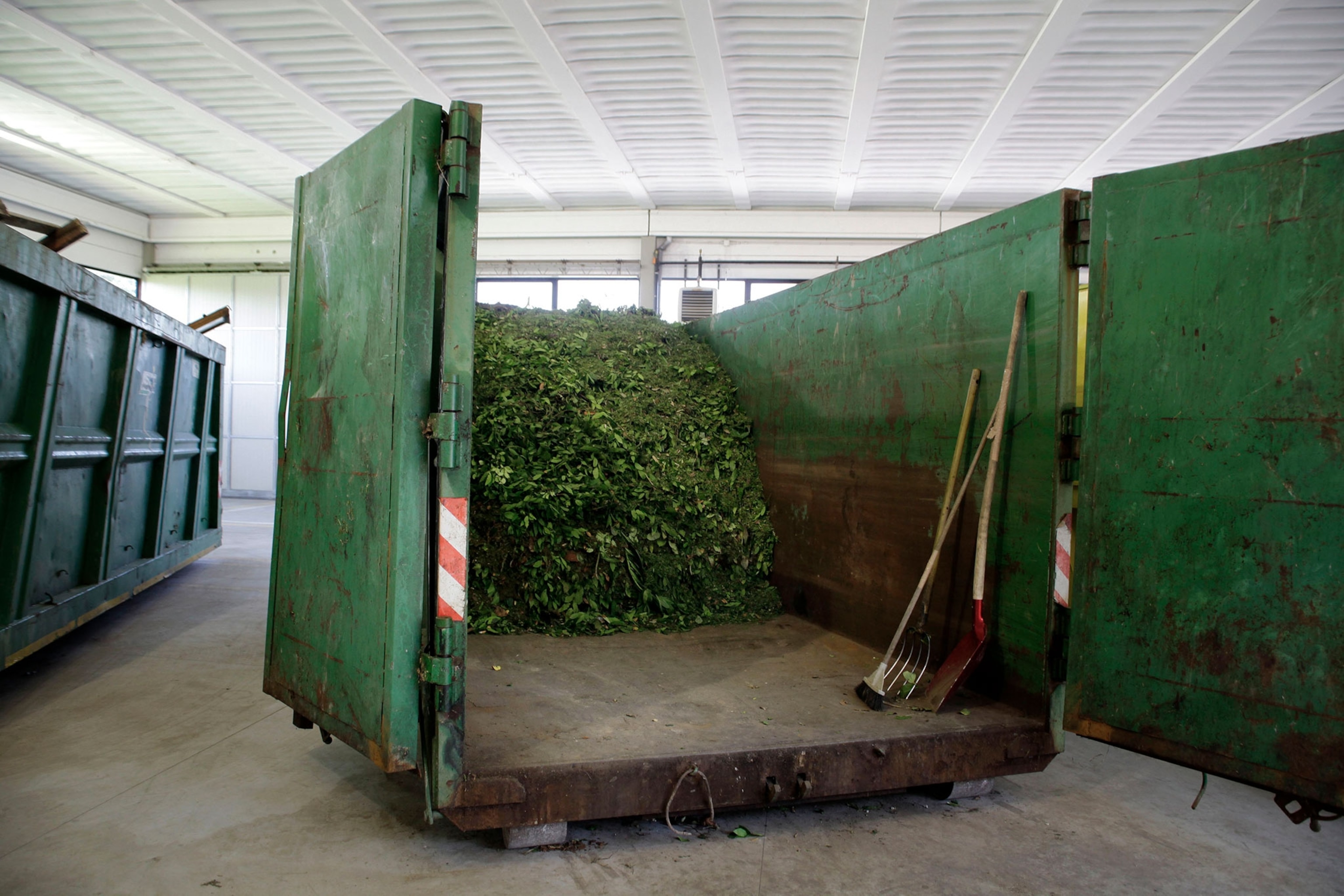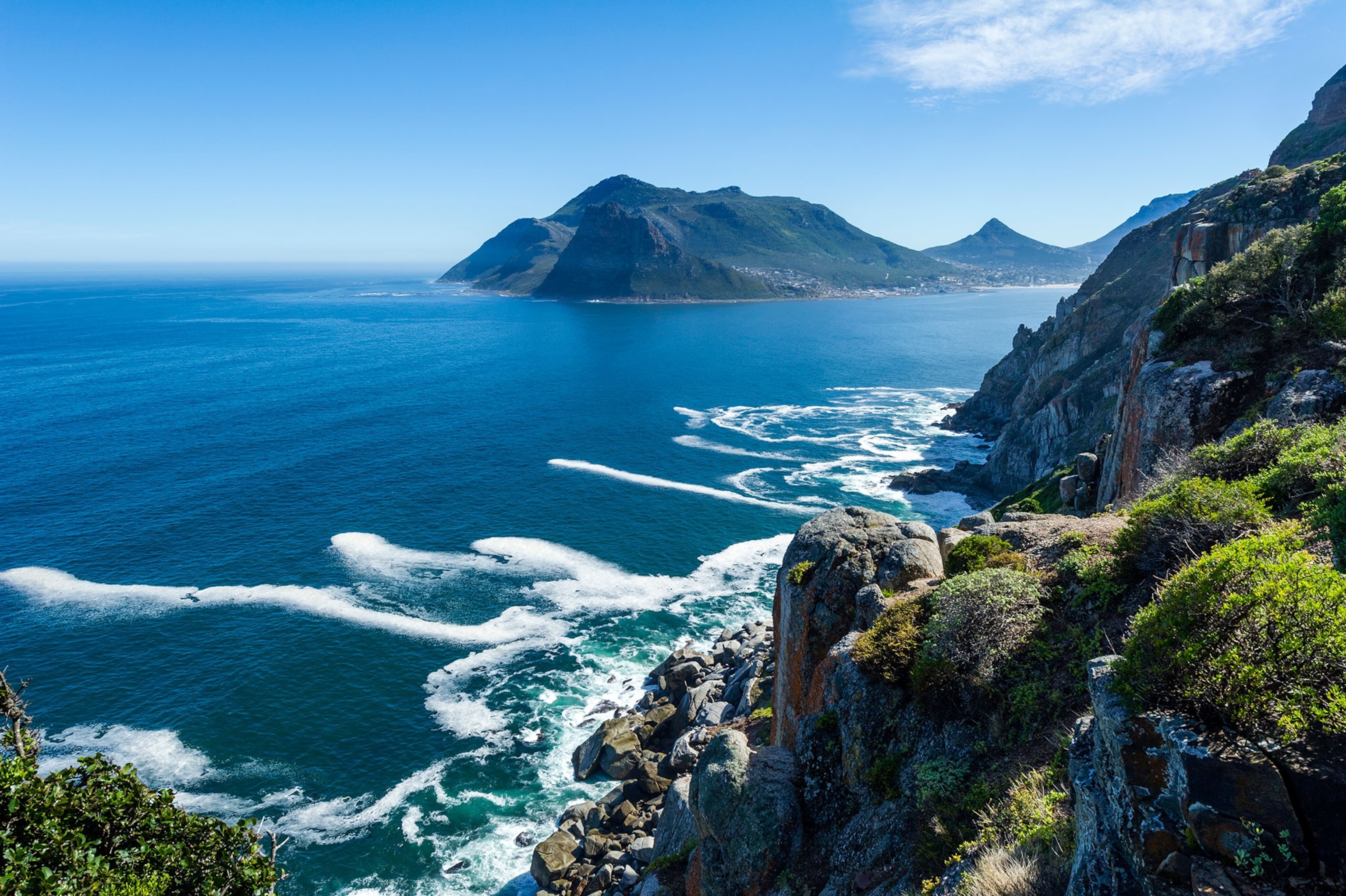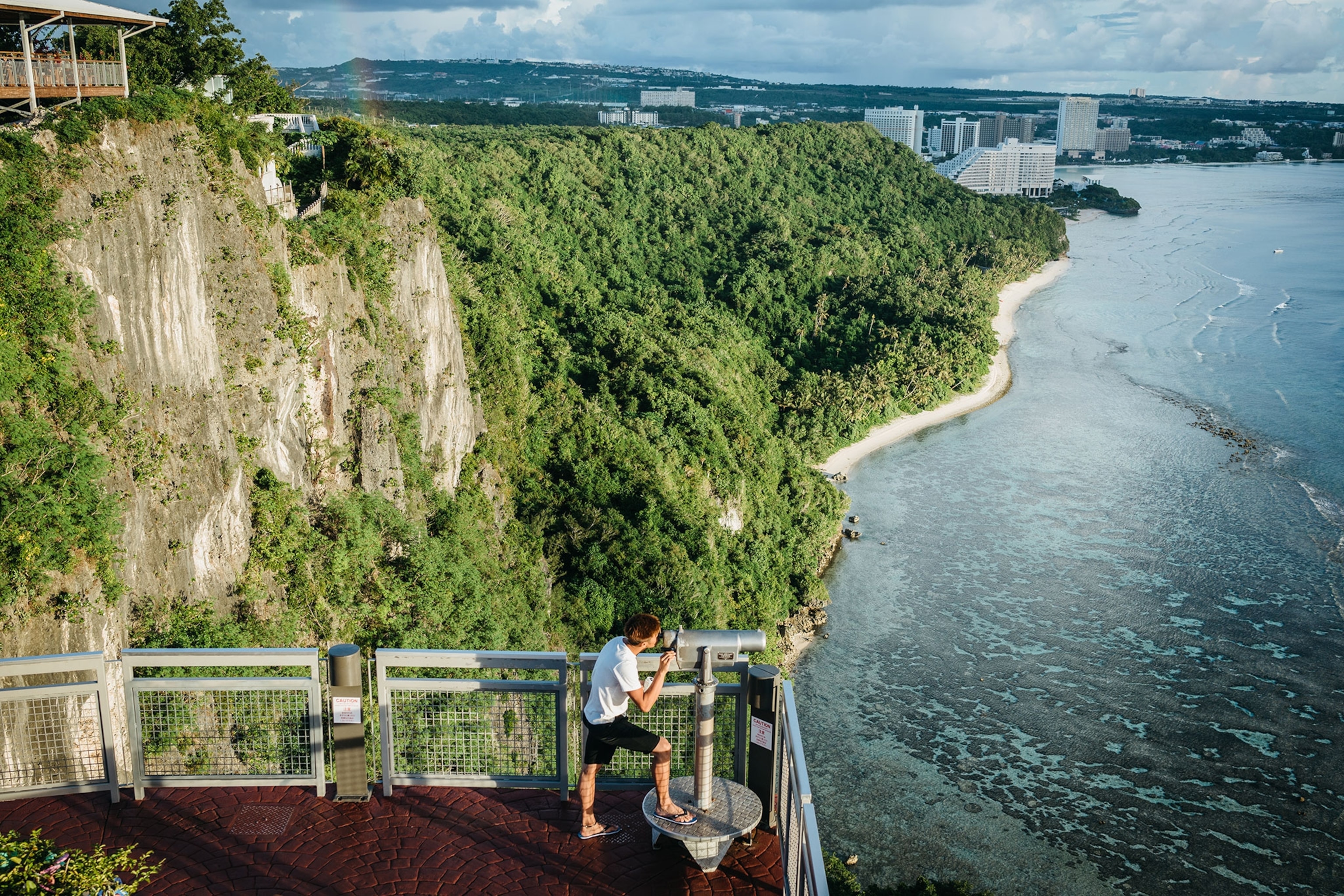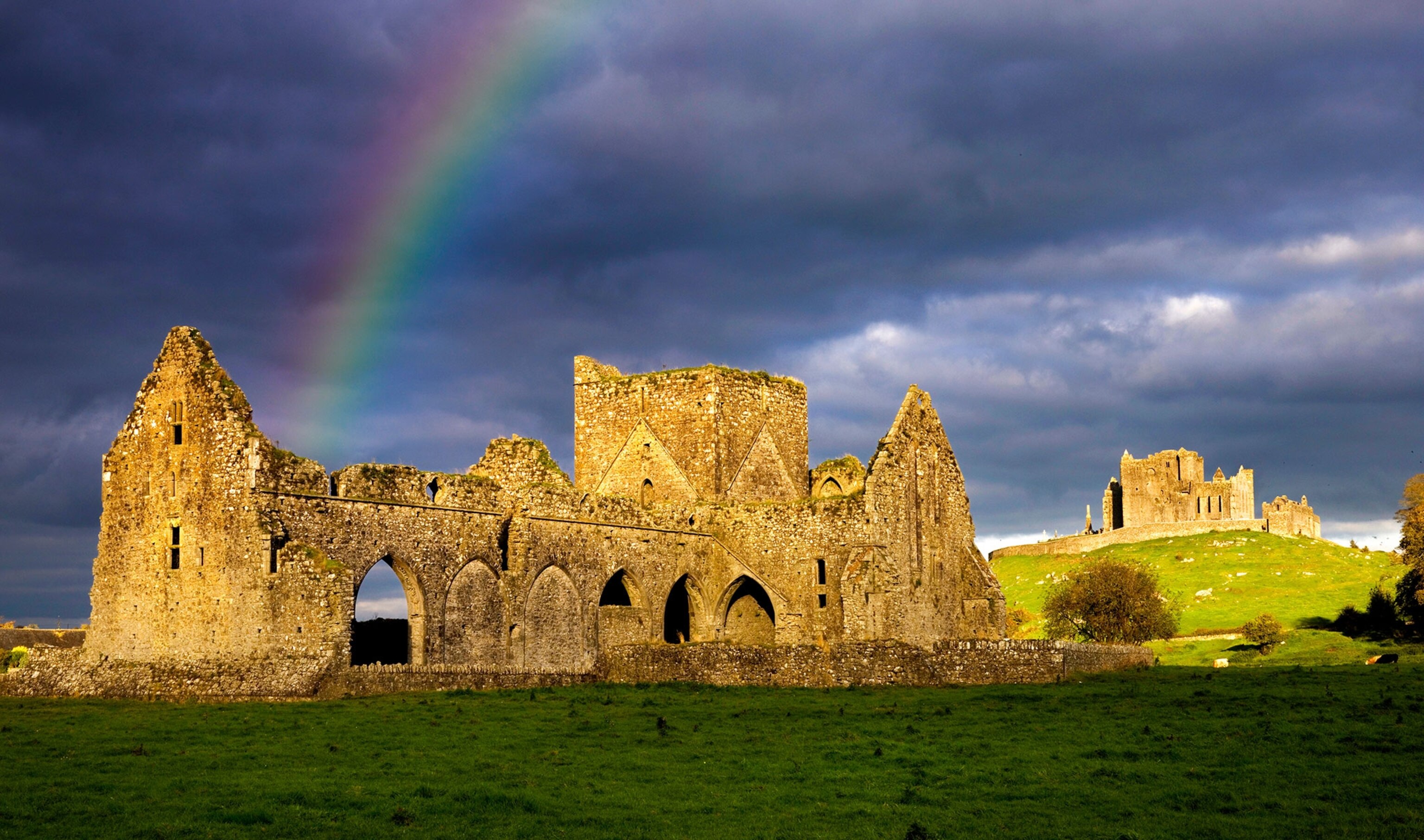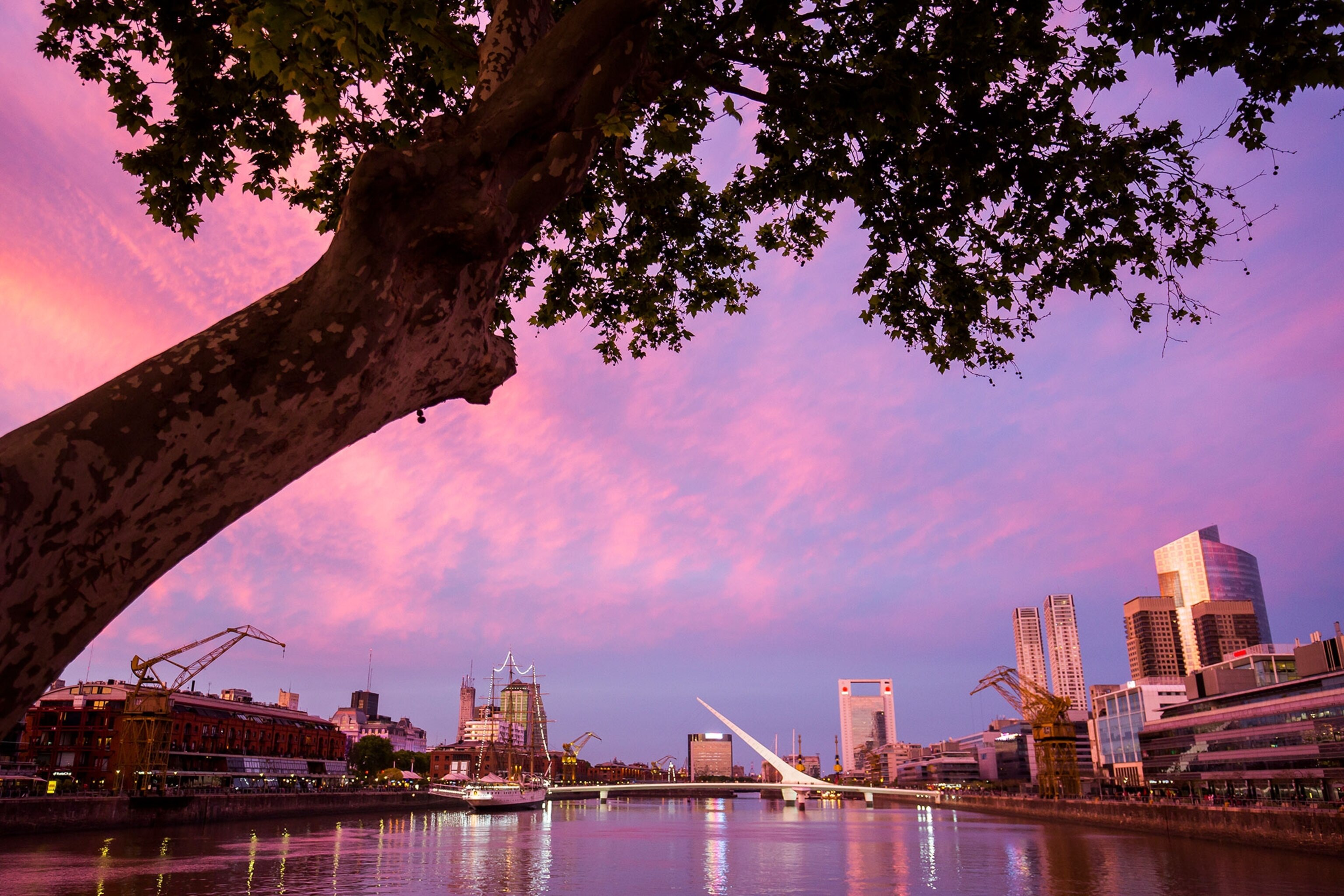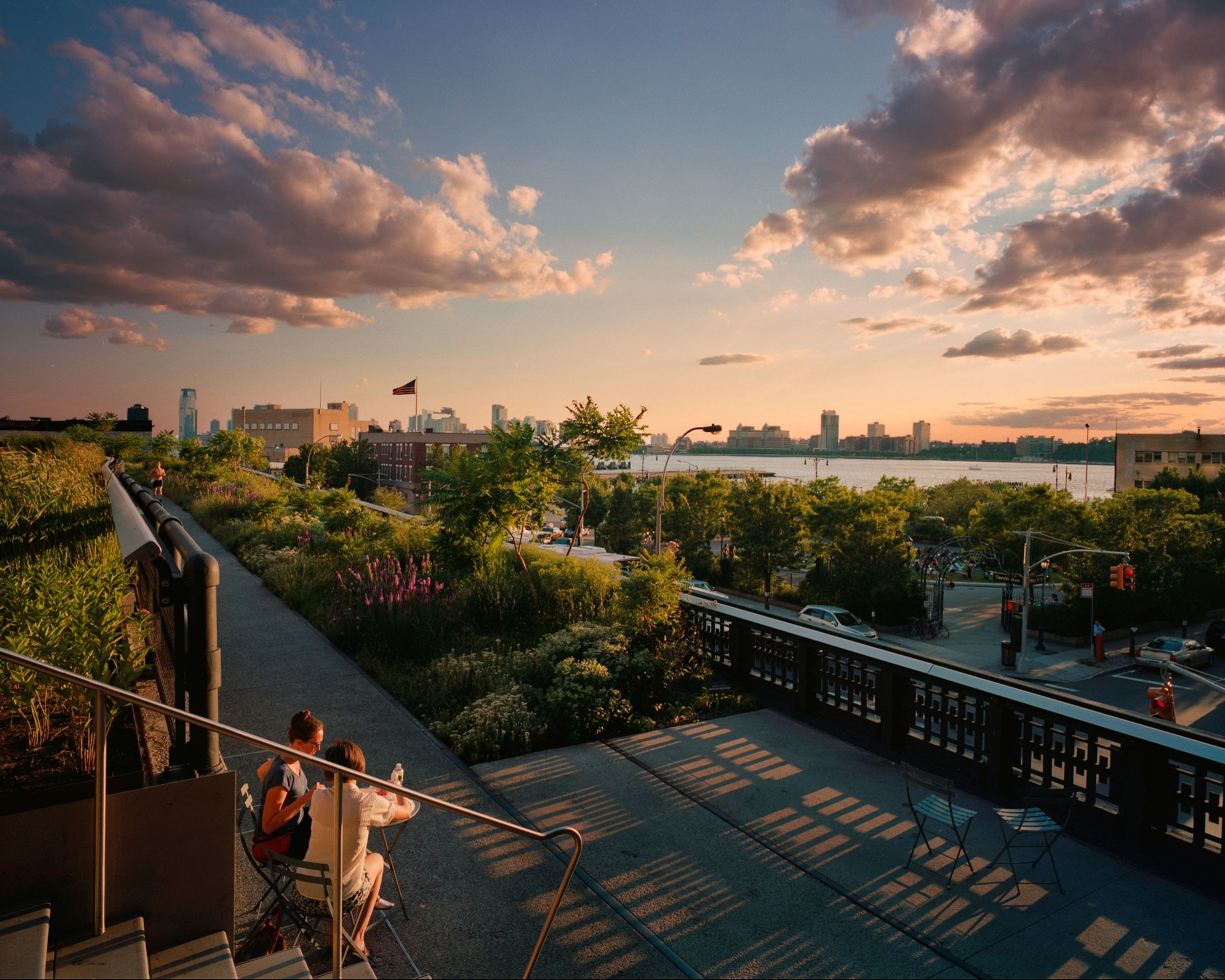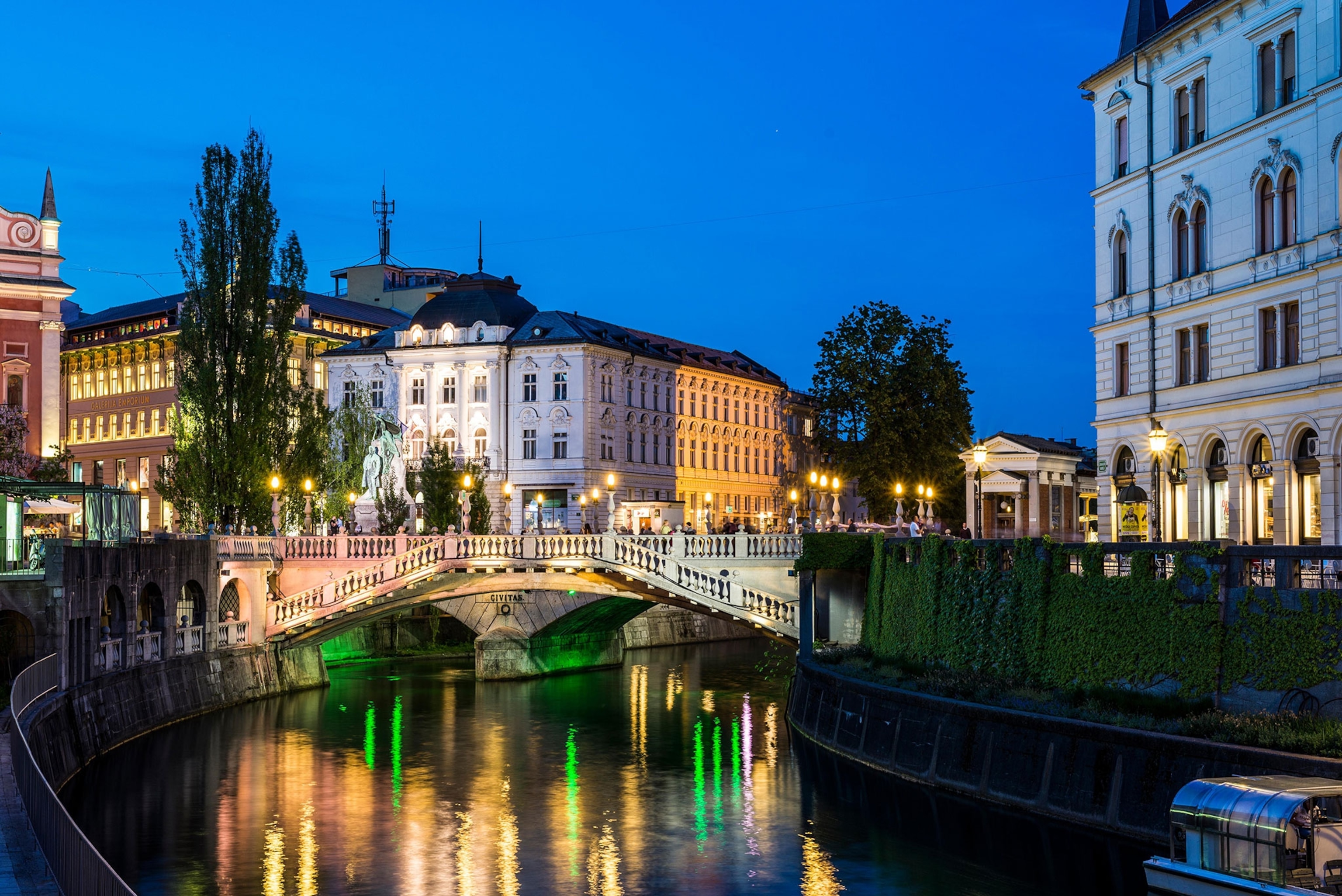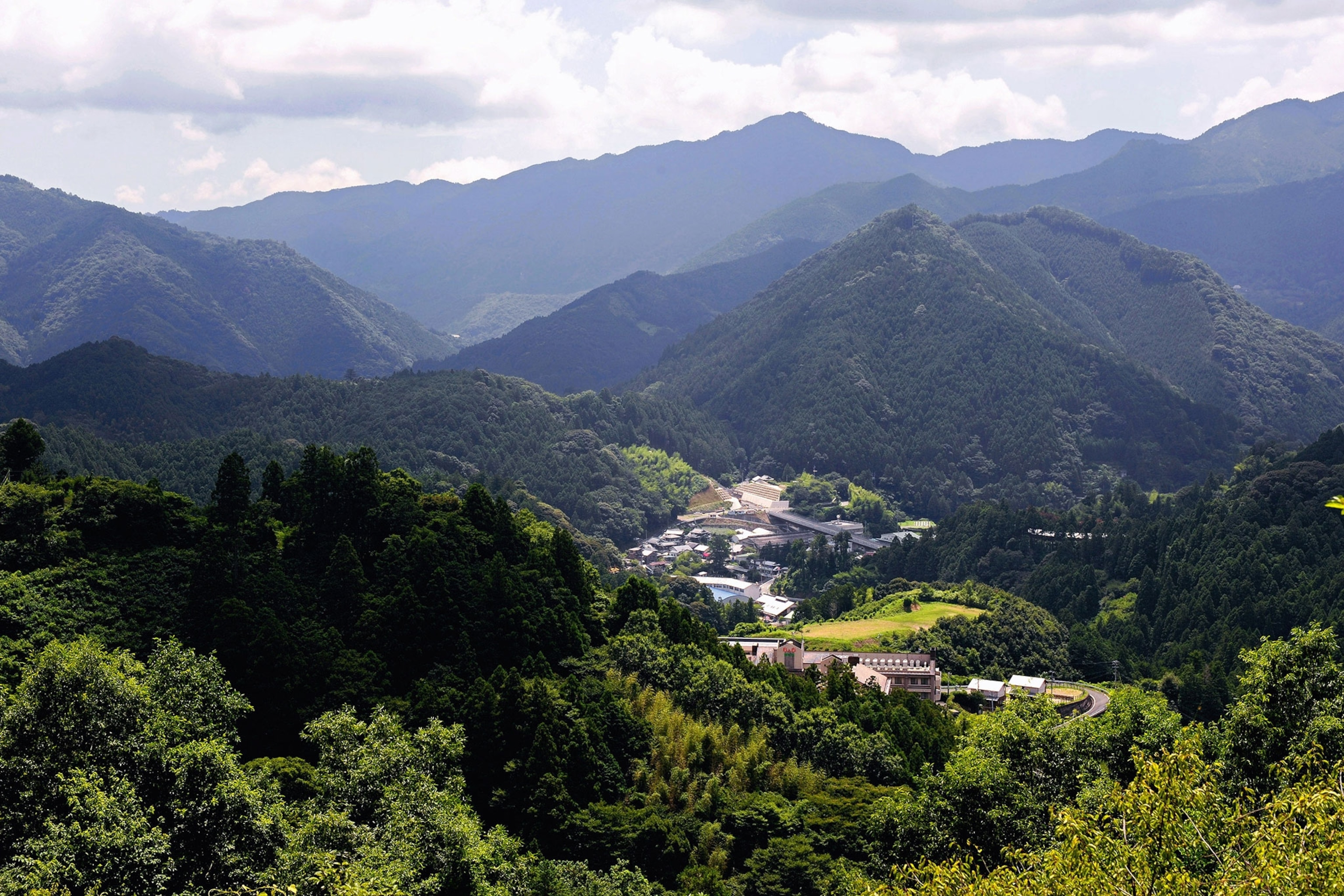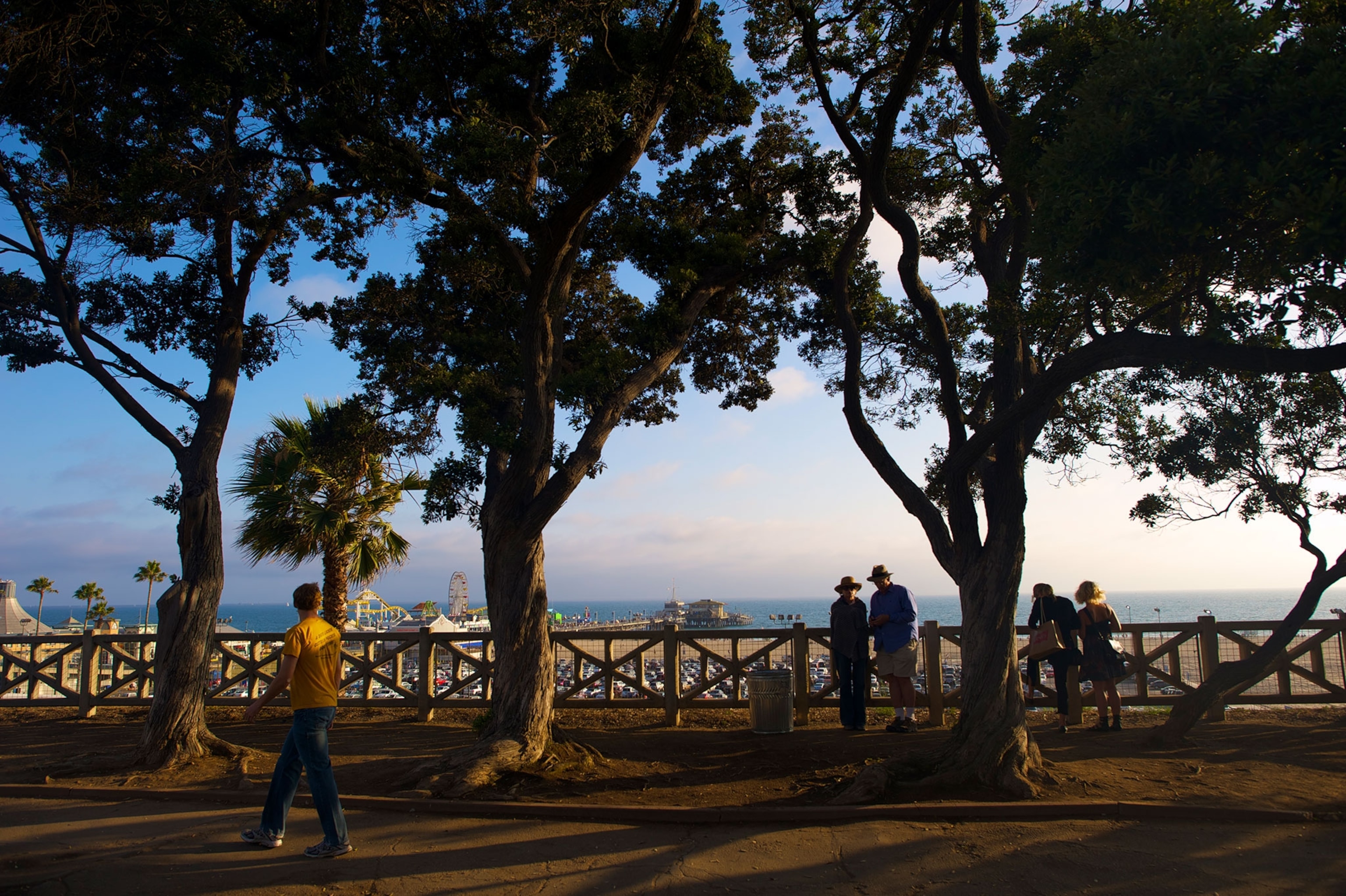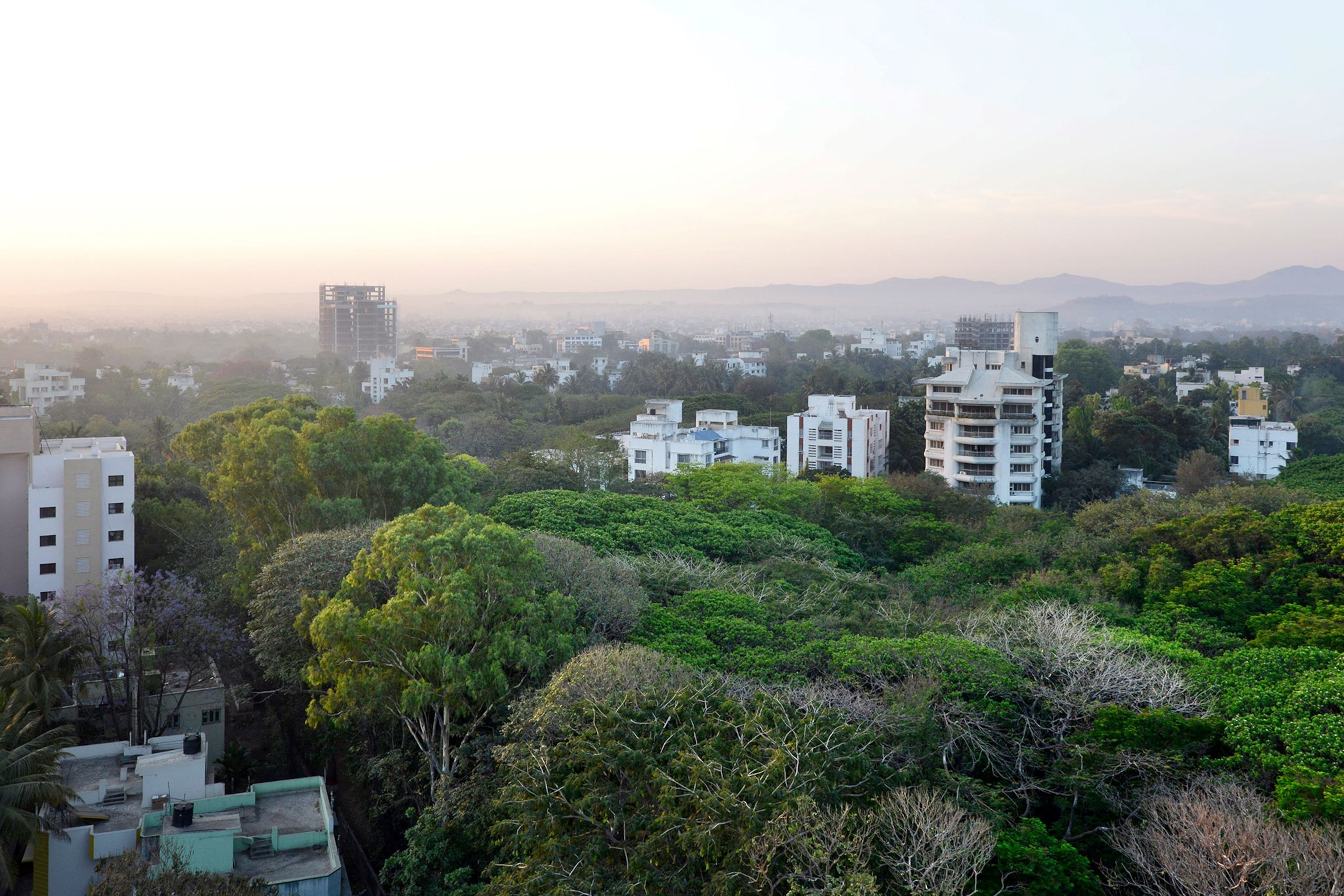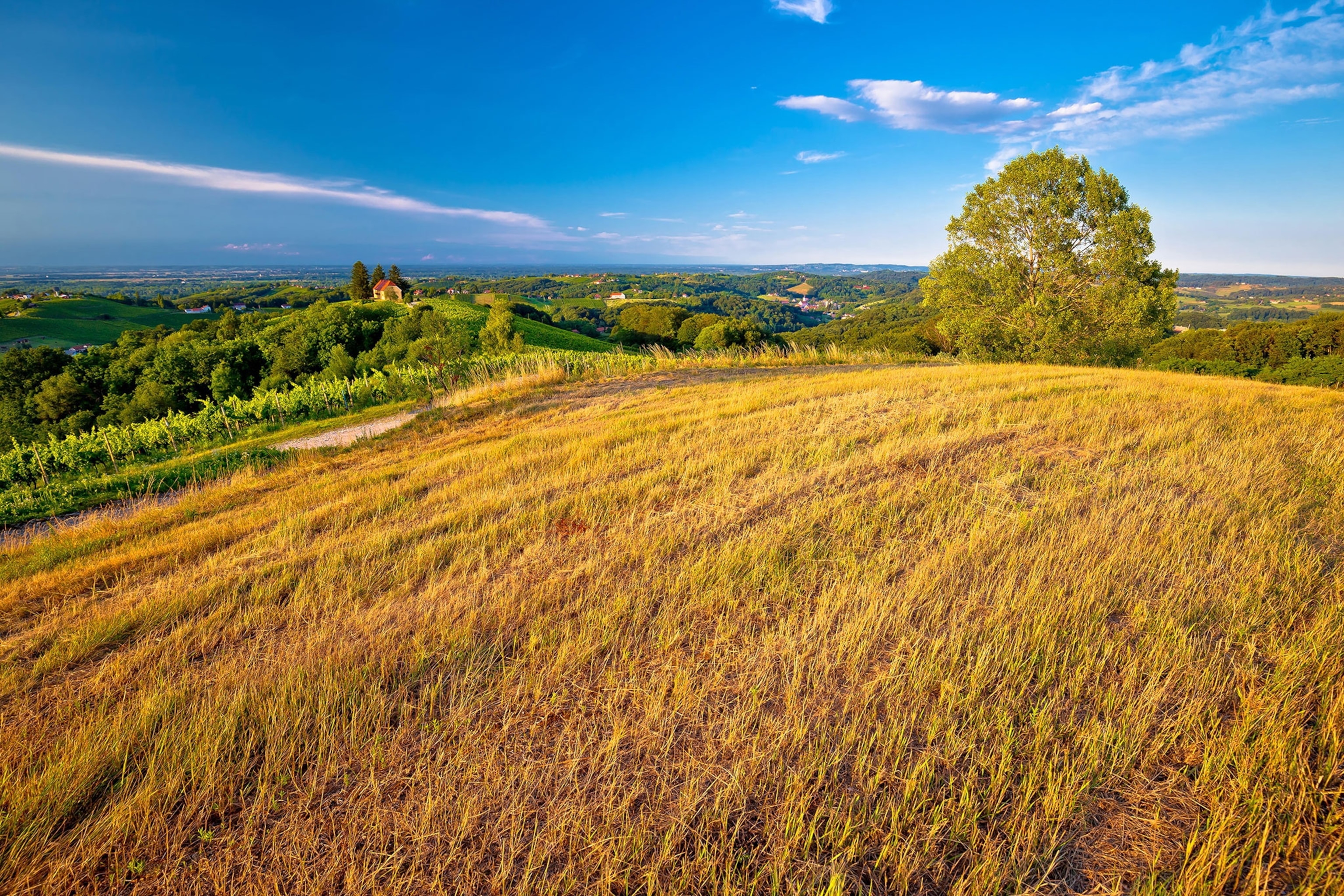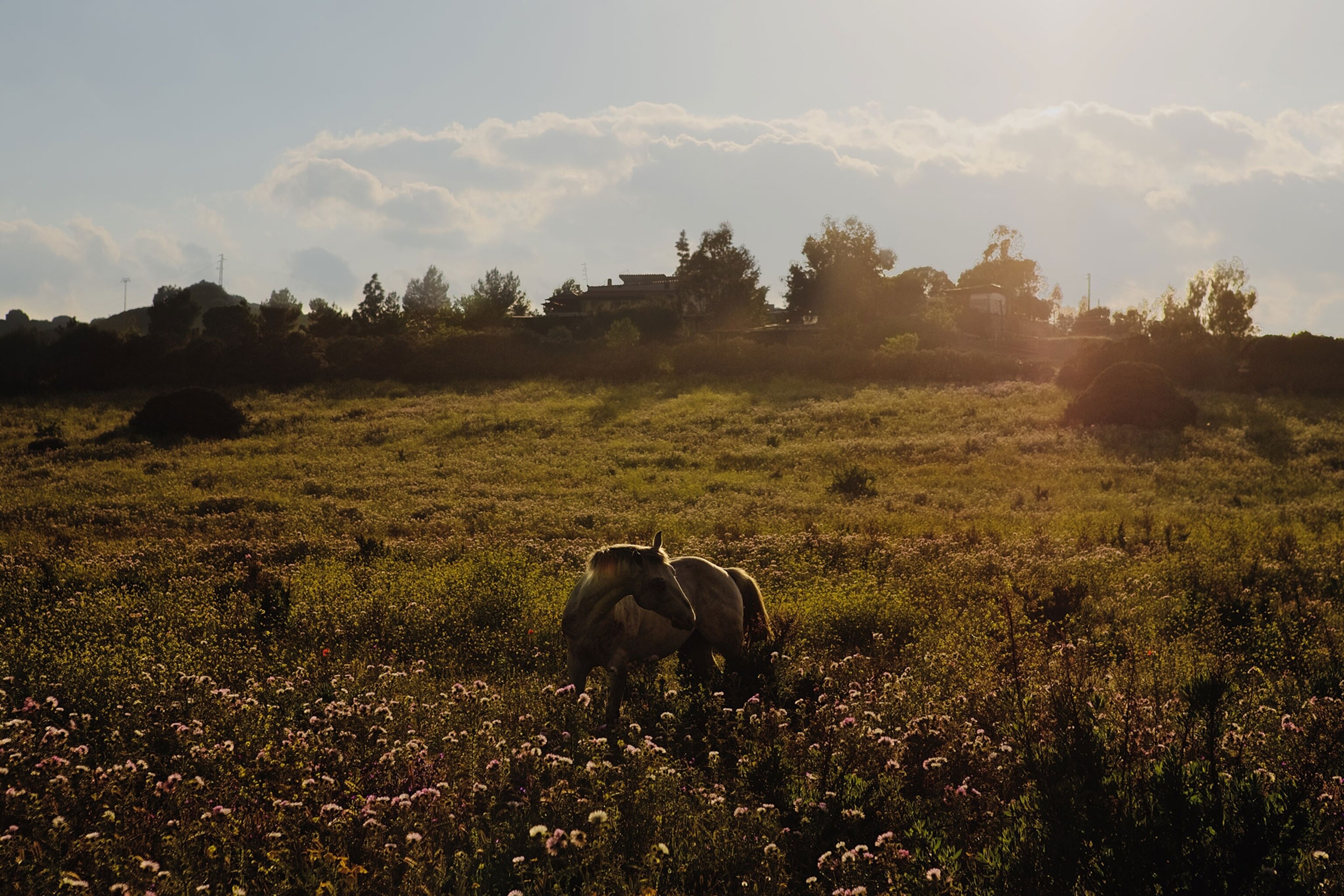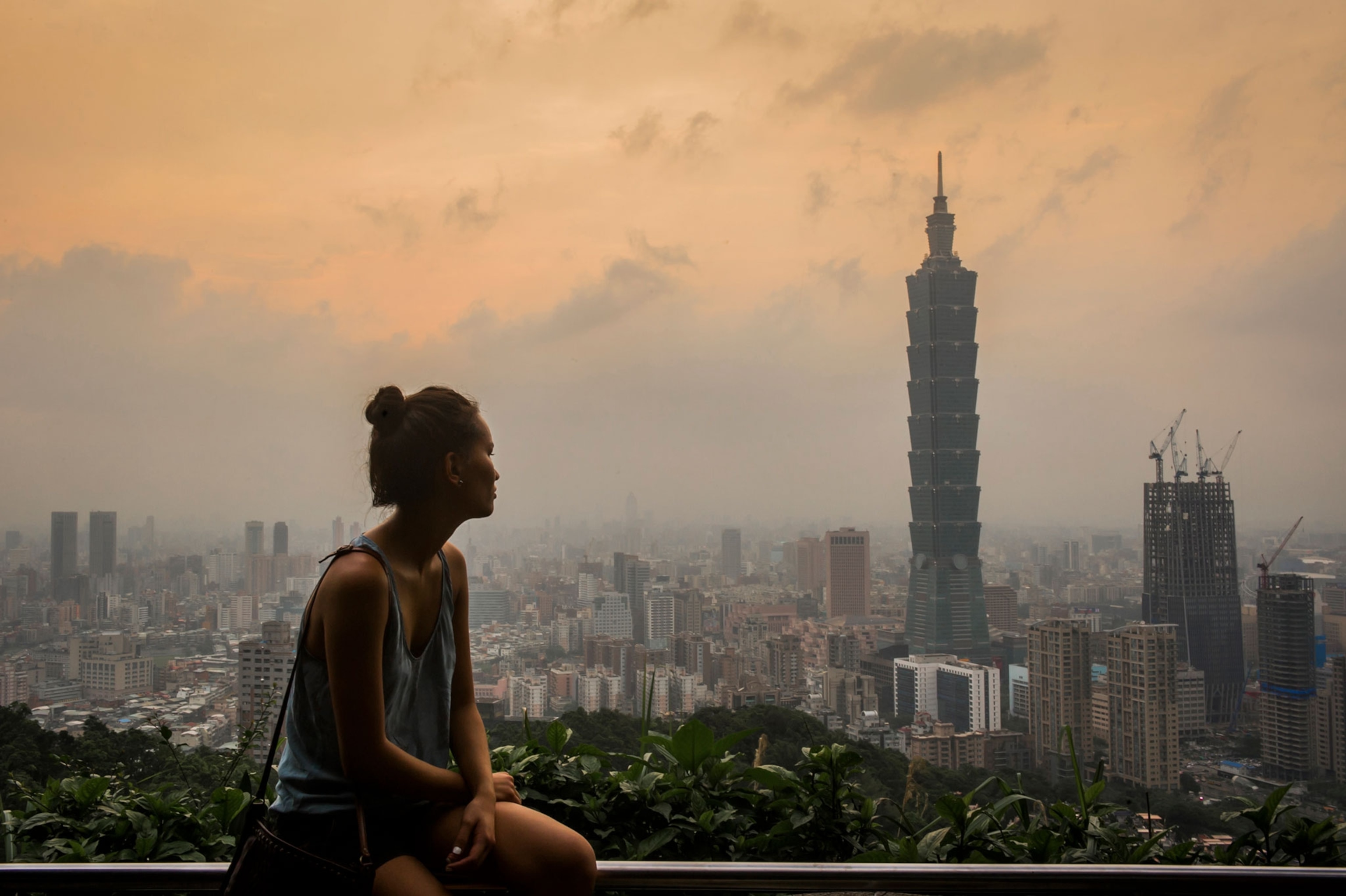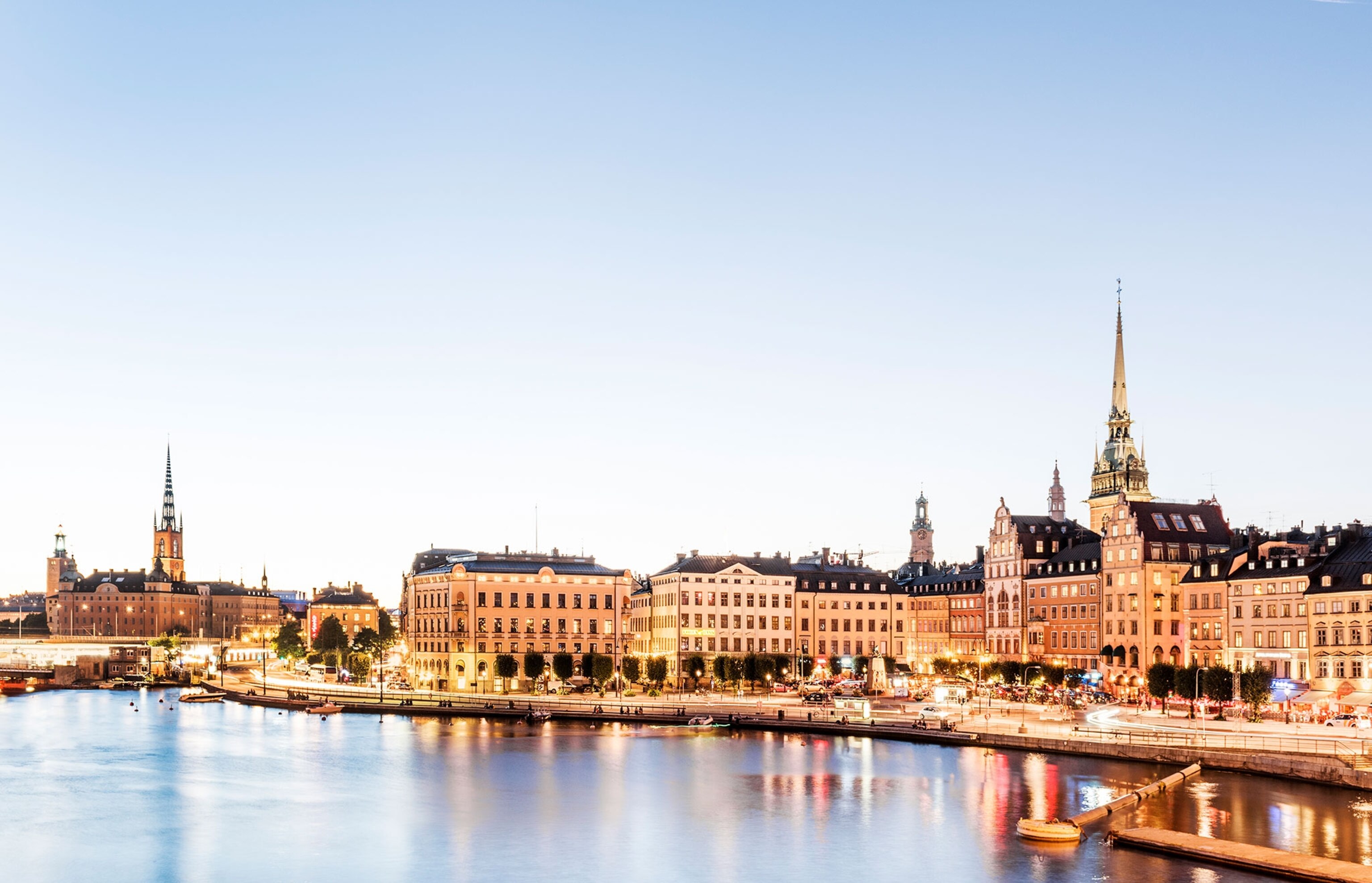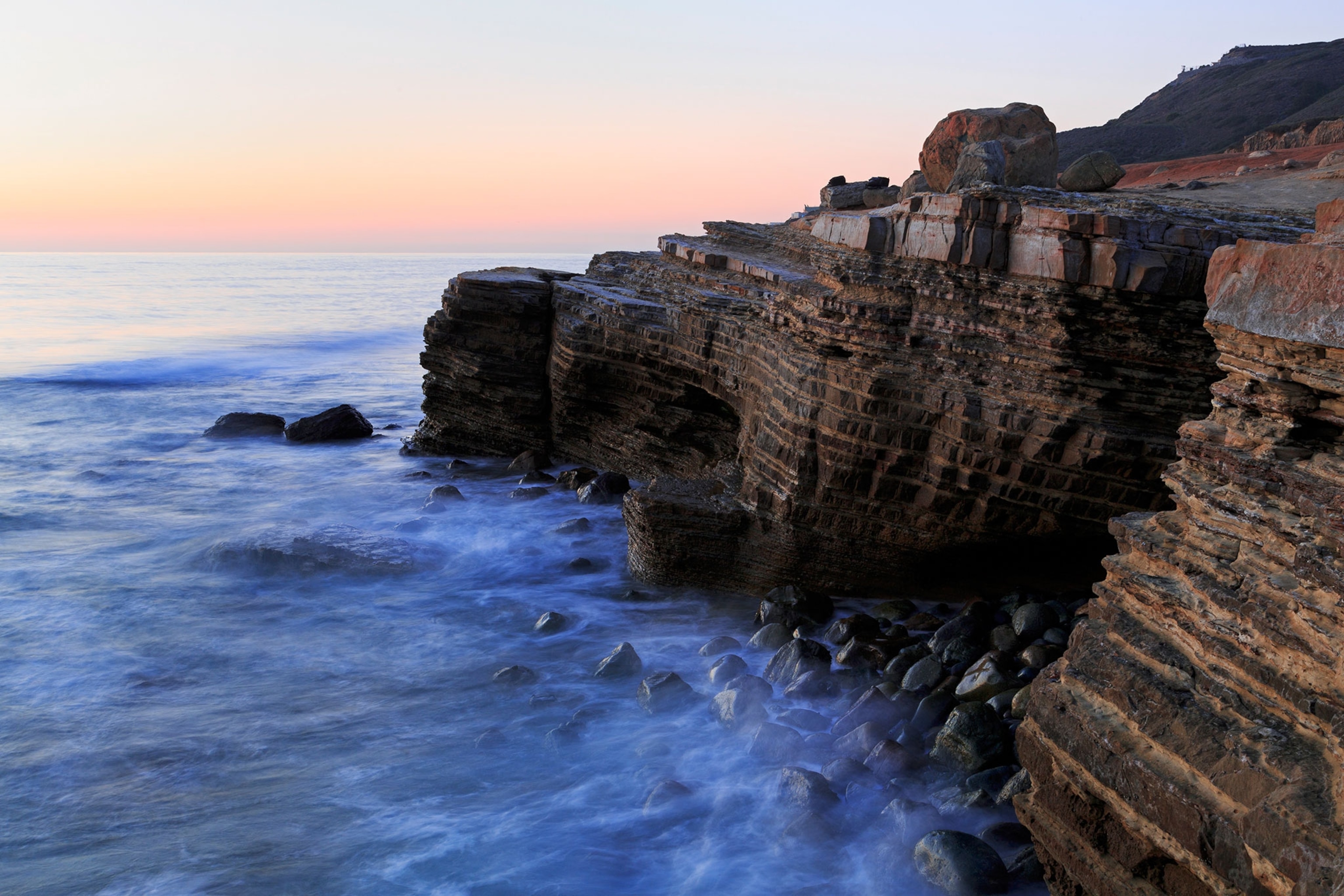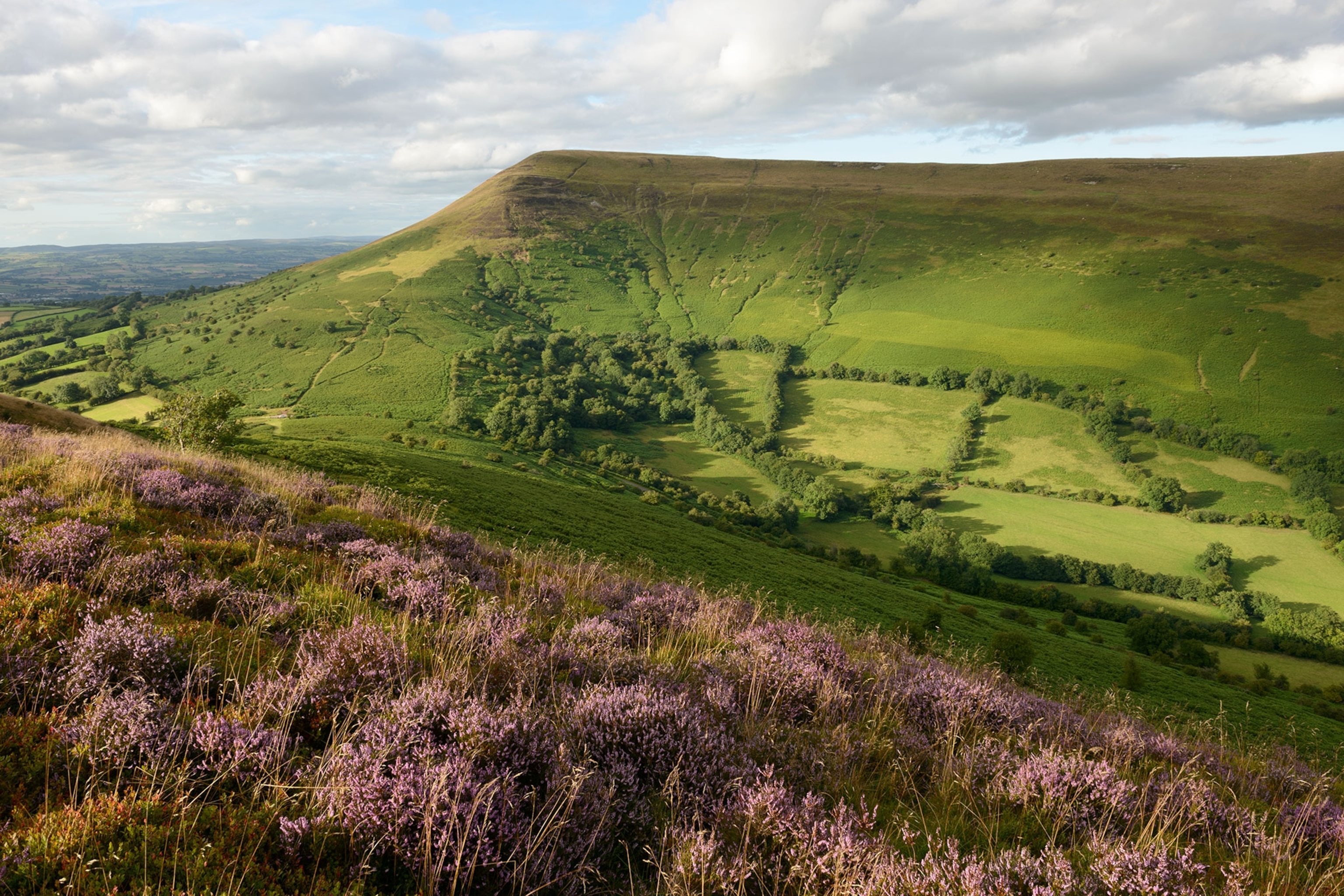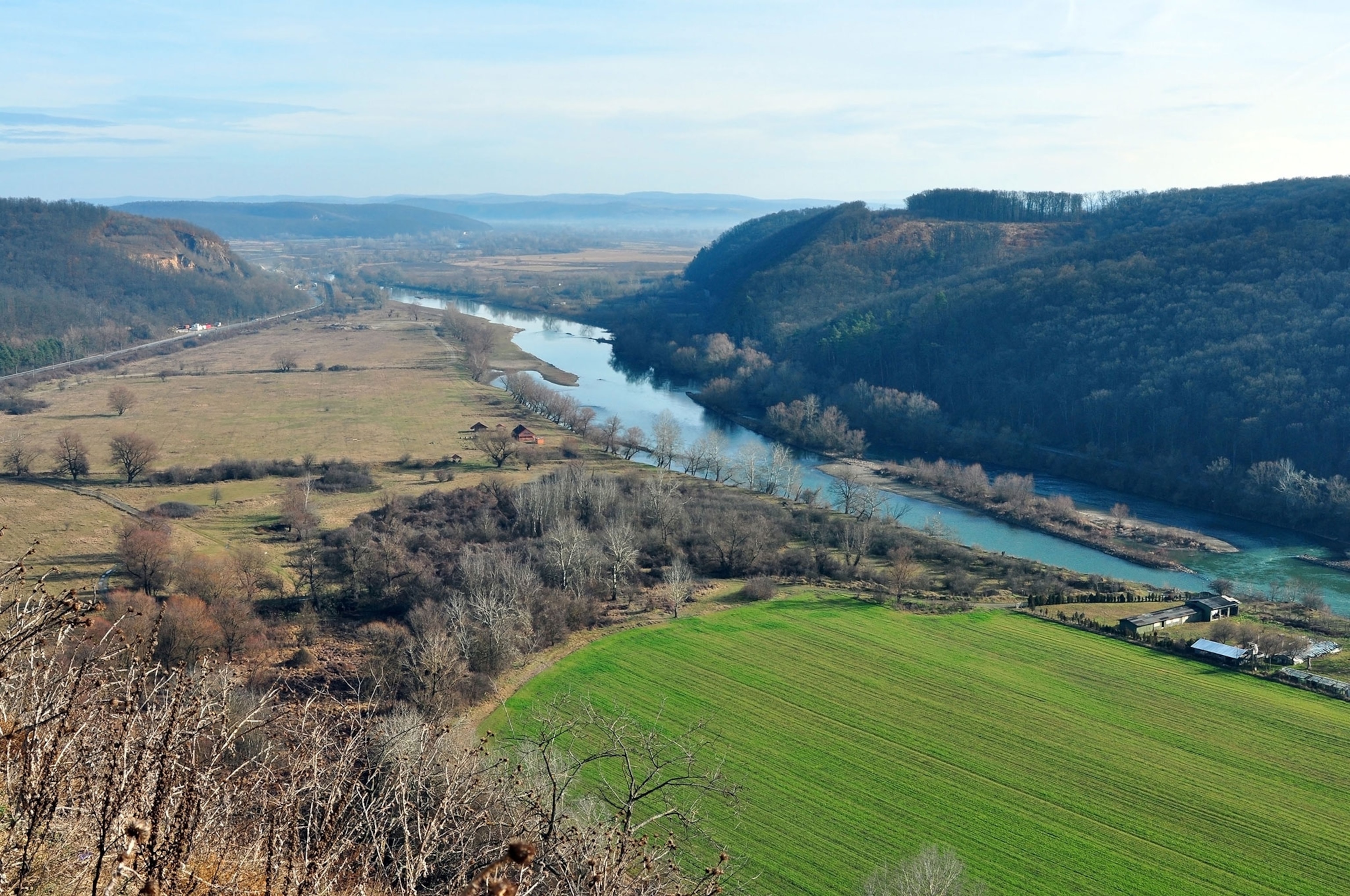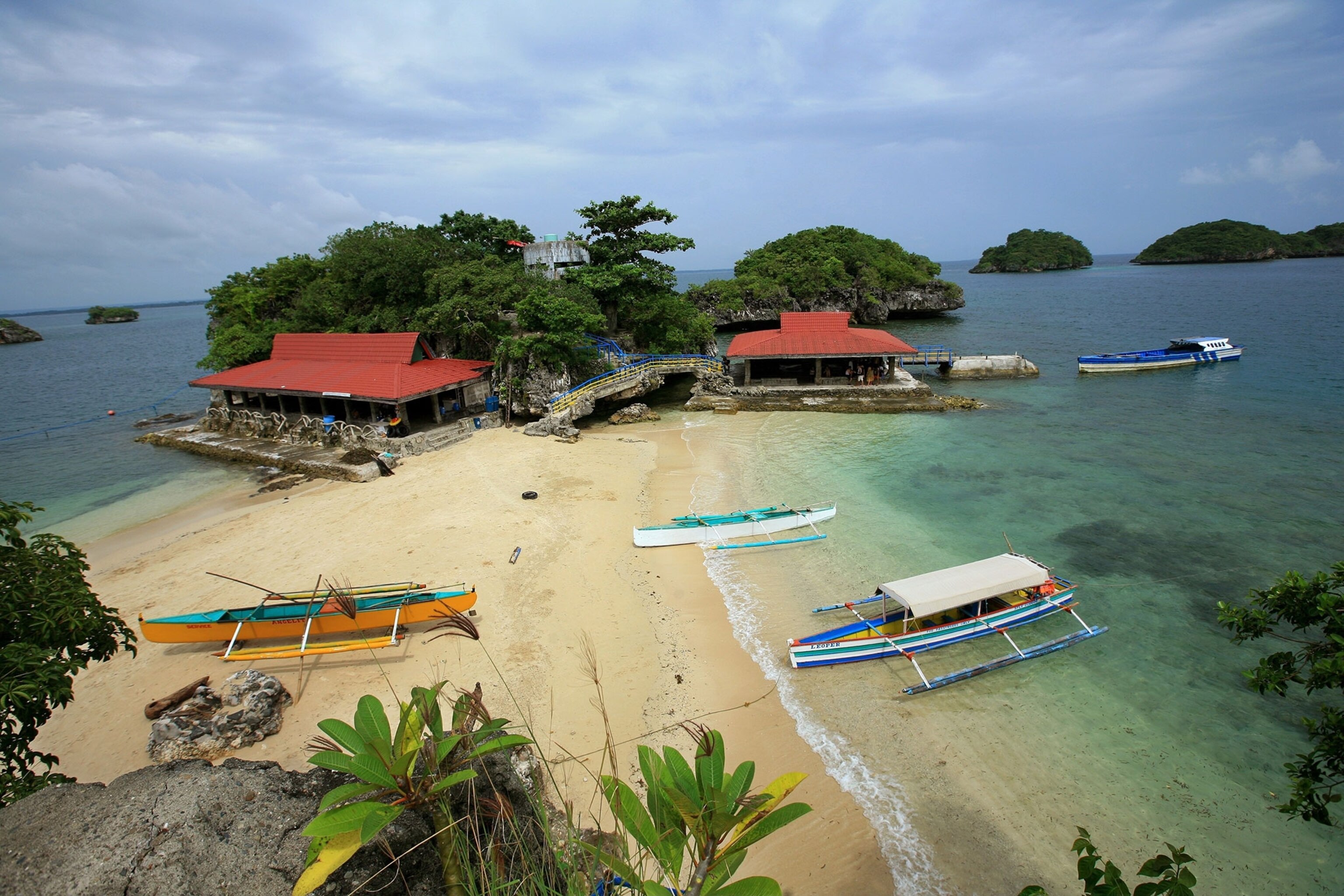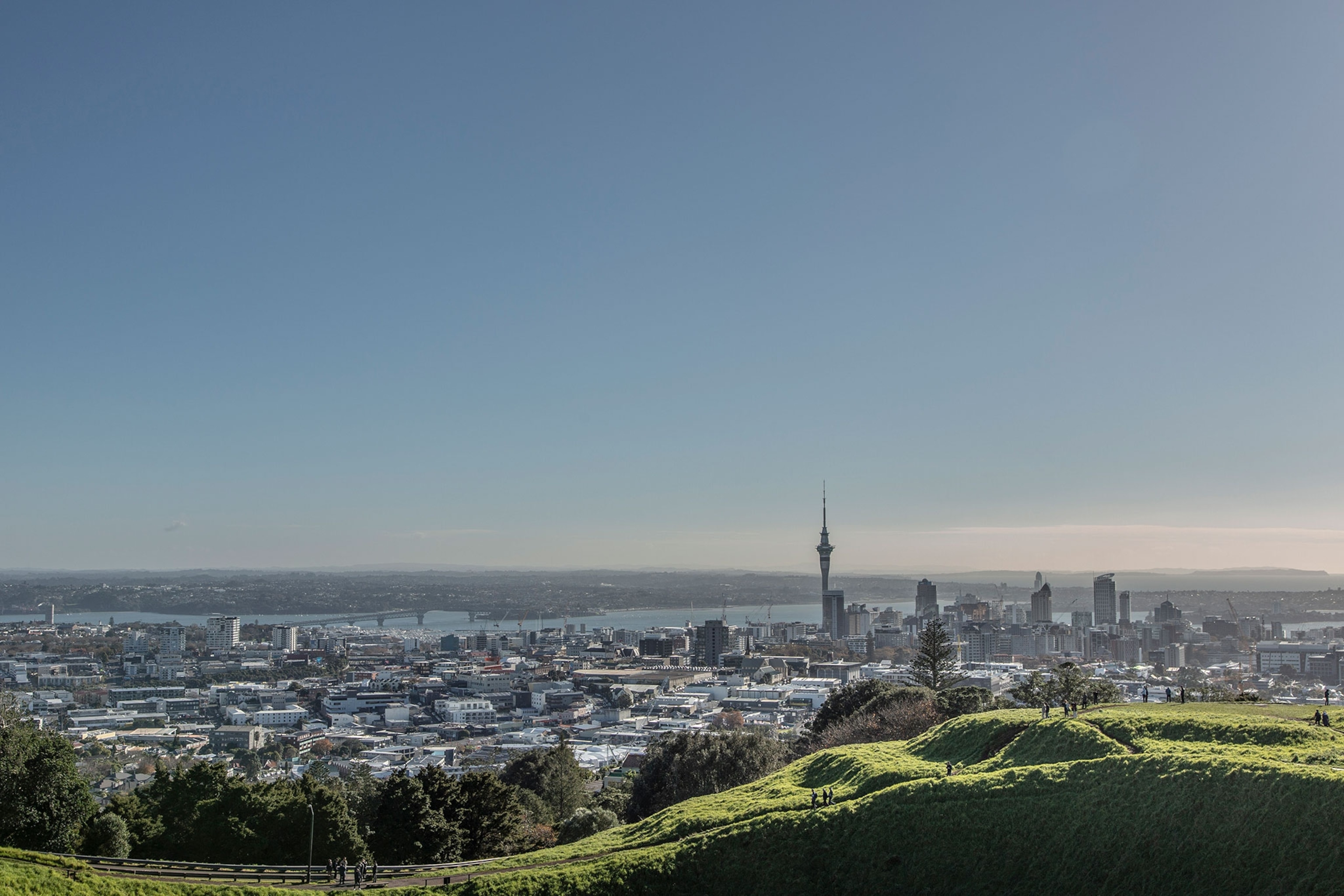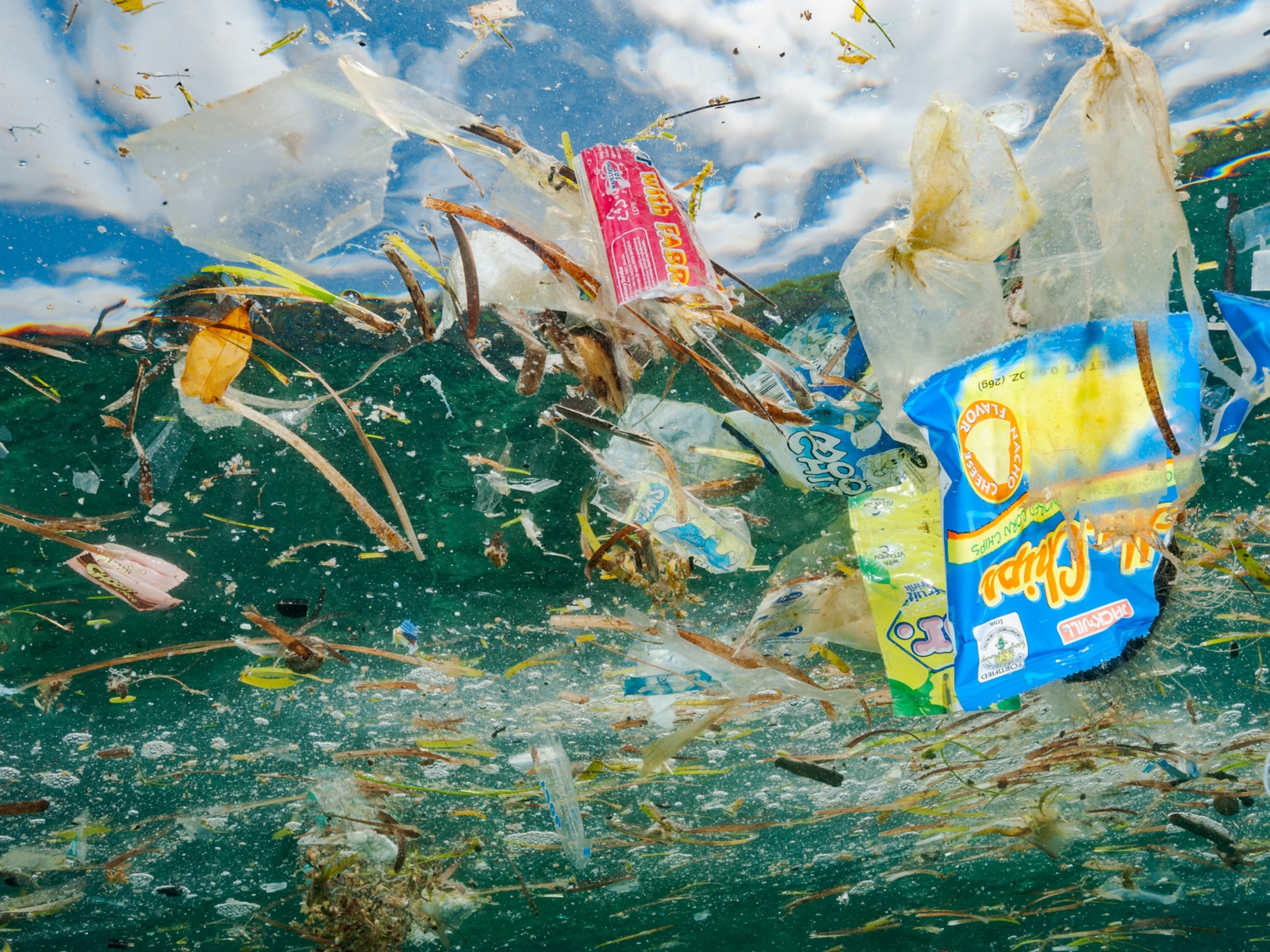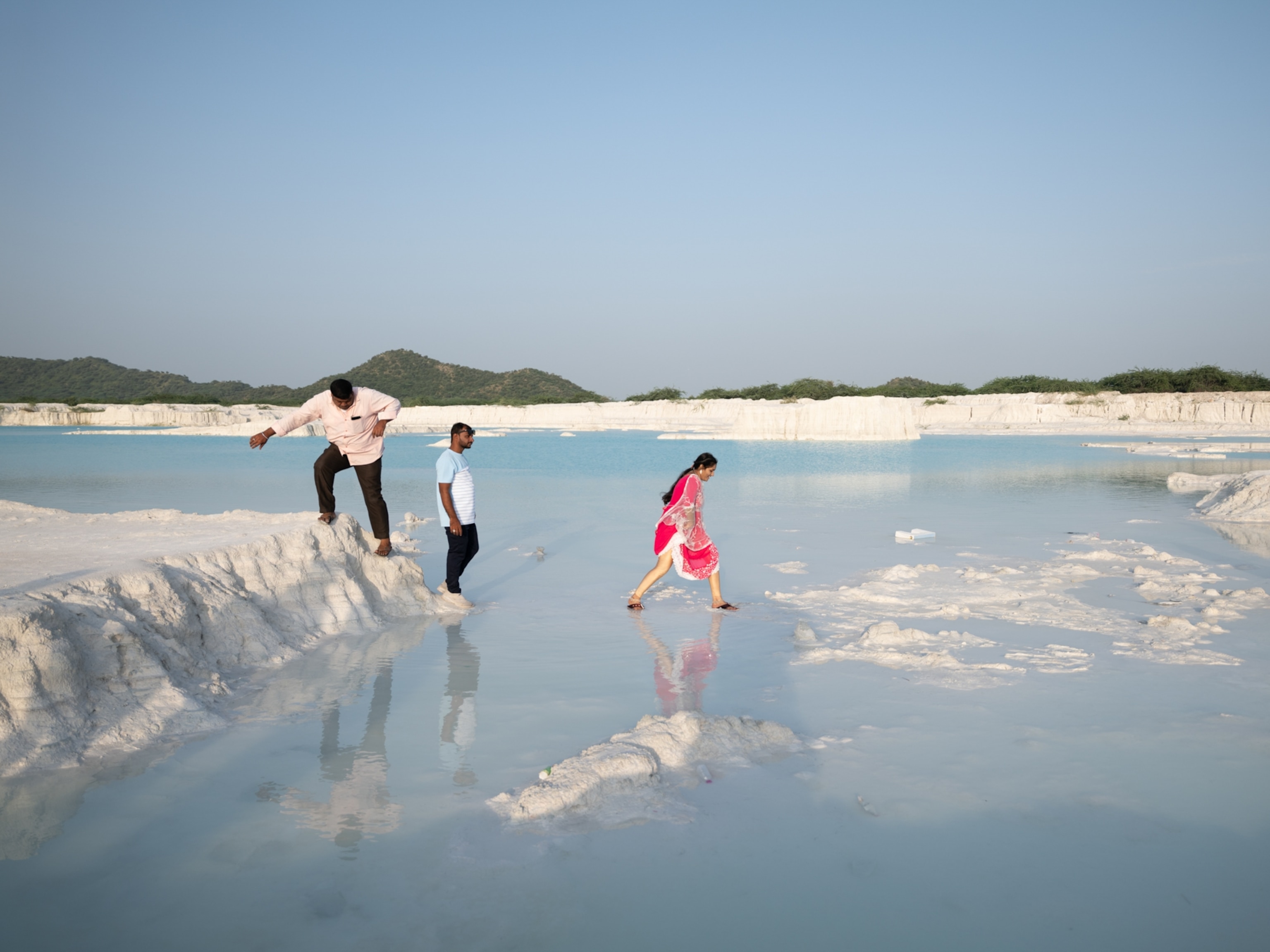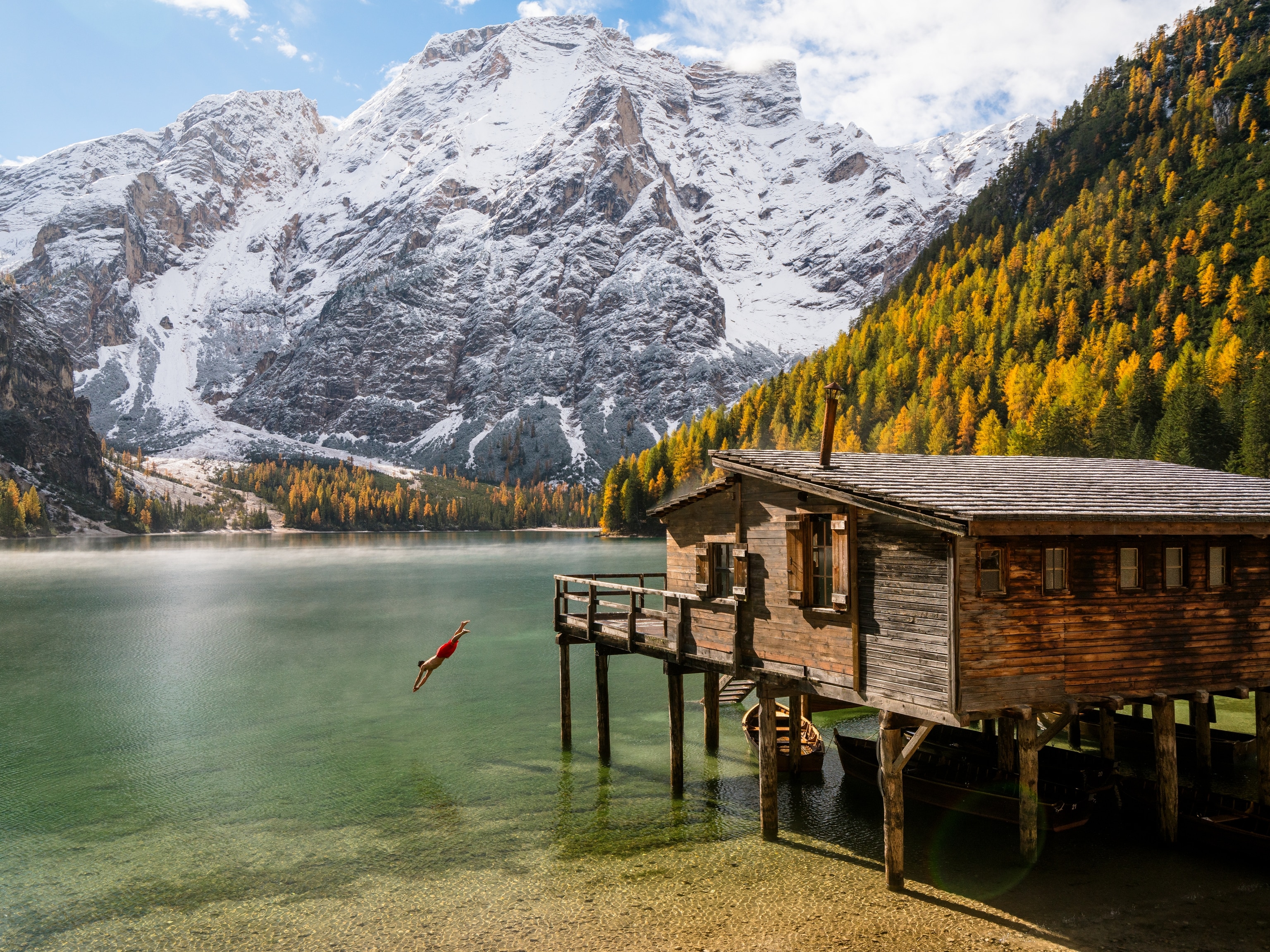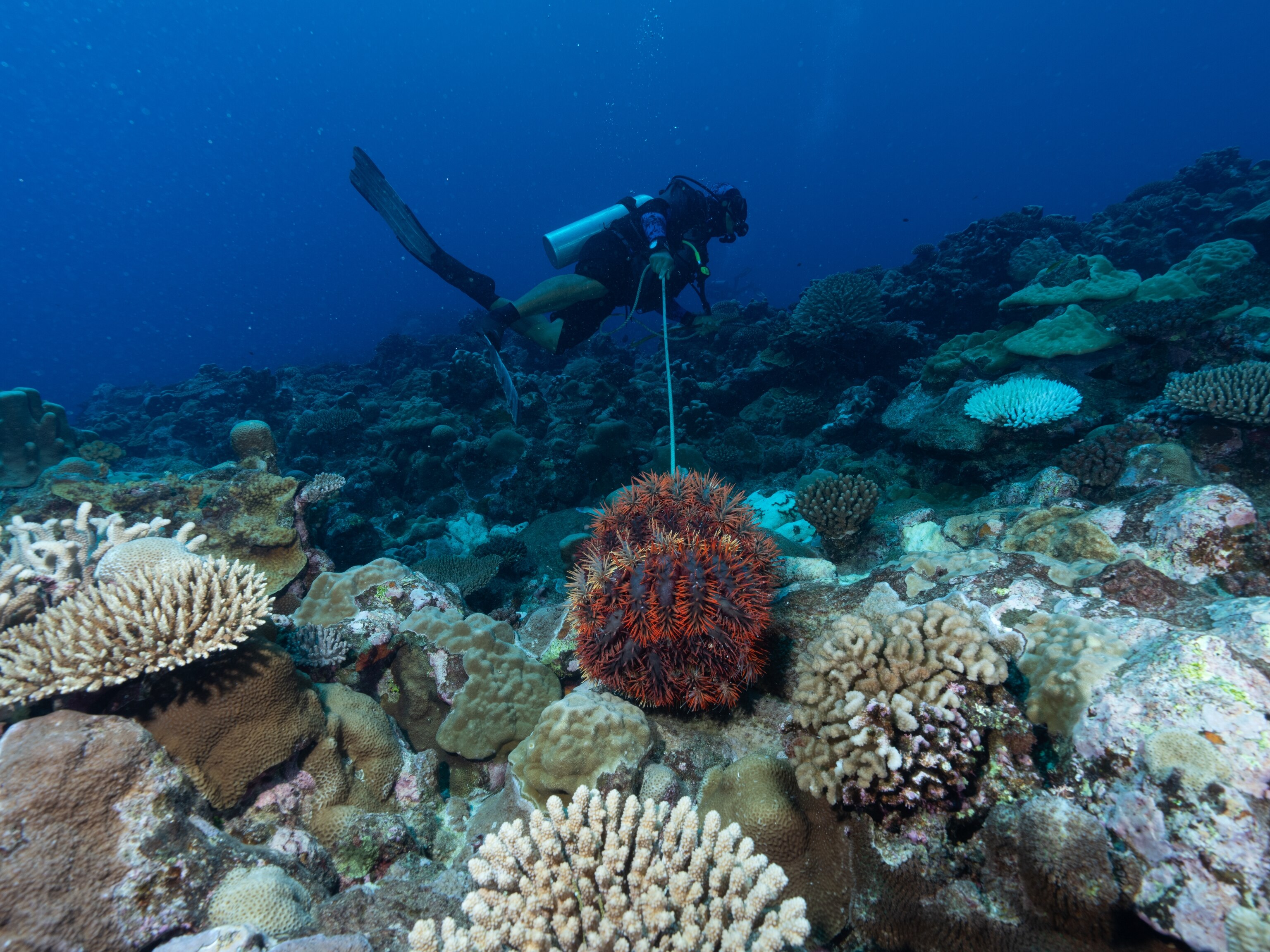25 places that have committed to going zero-waste
These places are going waste-free, and have already taken important steps in the process.
We are, quite literally, trashing the planet. According to a 2018 World Bank brief, cities around the globe generated over two billion tons of solid waste in 2016 alone. Rapid population growth will continue to increase this statistic, creating serious environmental and health consequences, unless we take action.
Individuals, businesses, and communities are declaring zero-waste commitments, providing education, and implementing policies in order to reach waste reduction and diversion goals. While individual strategies vary, the zero-waste approach is proving that in the case of waste, less is indeed more—more healthy, safe, and sustainable—for people and planet.
Here are 25 communities currently working toward zero-waste.
- National Geographic Expeditions
Sunny Fitzgerald is a freelance writer and sustainable travel specialist. You can find her work in a variety of publications including National Geographic, The New York Times, BBC, and more. Follow her on Instagram @froliq and her website.
